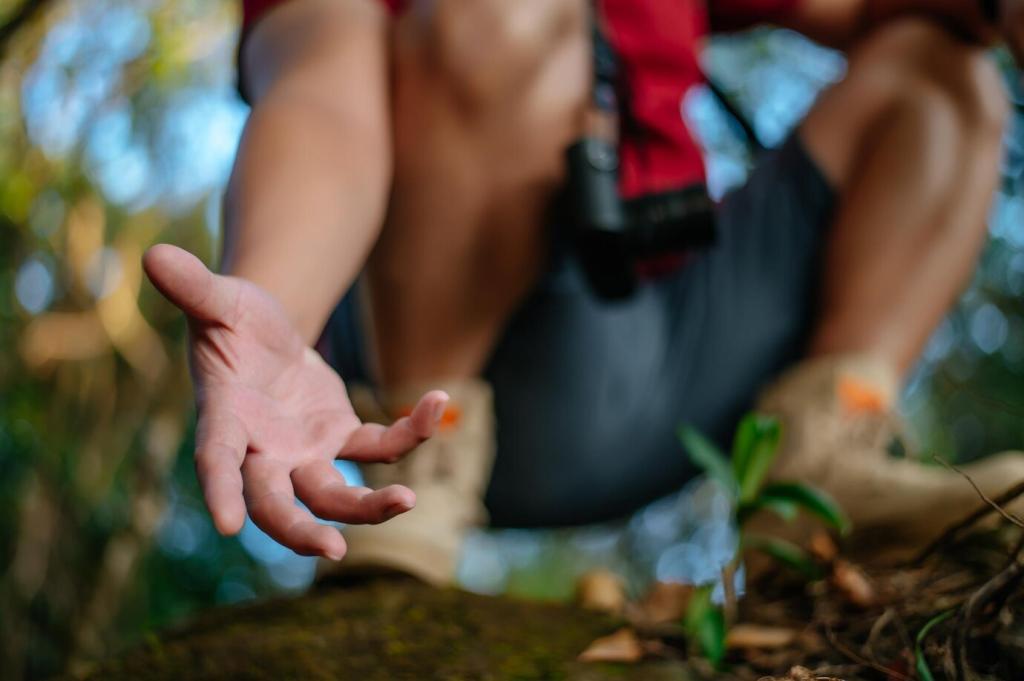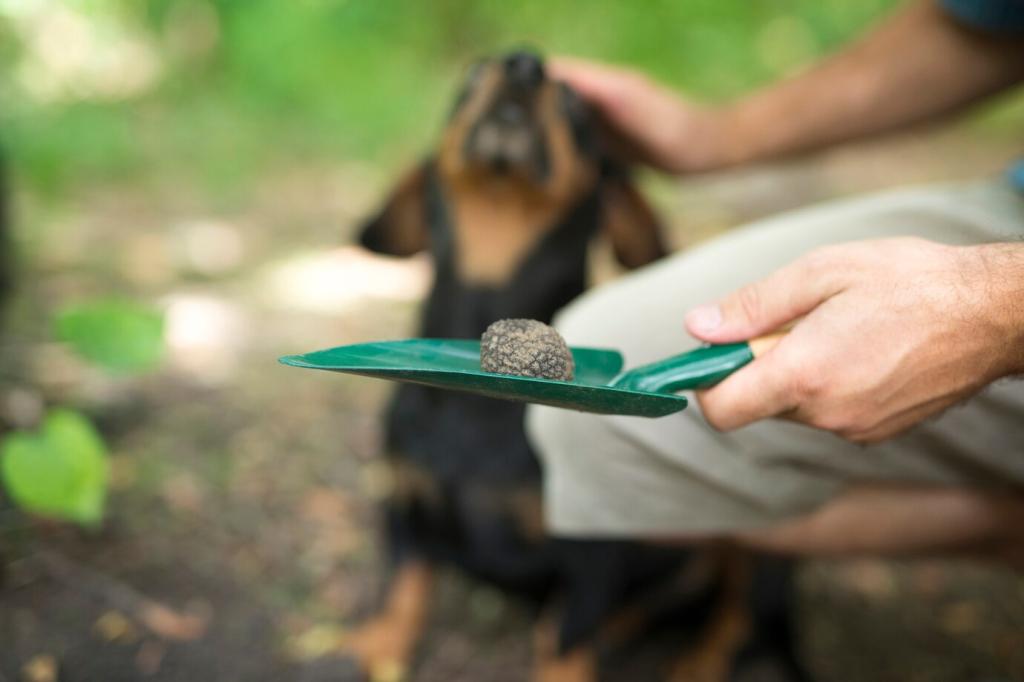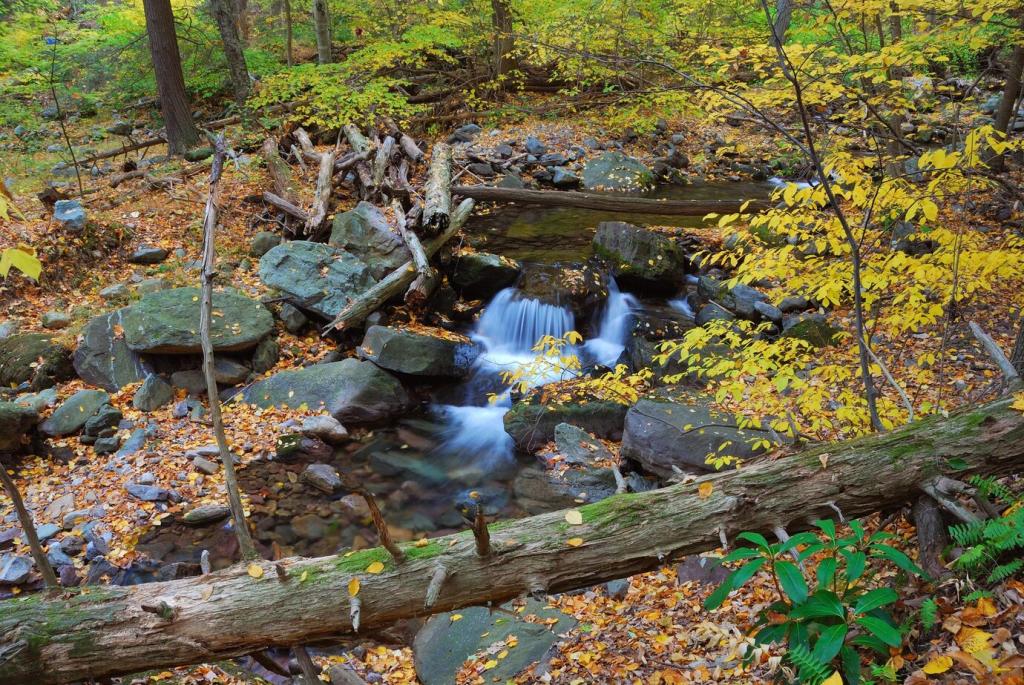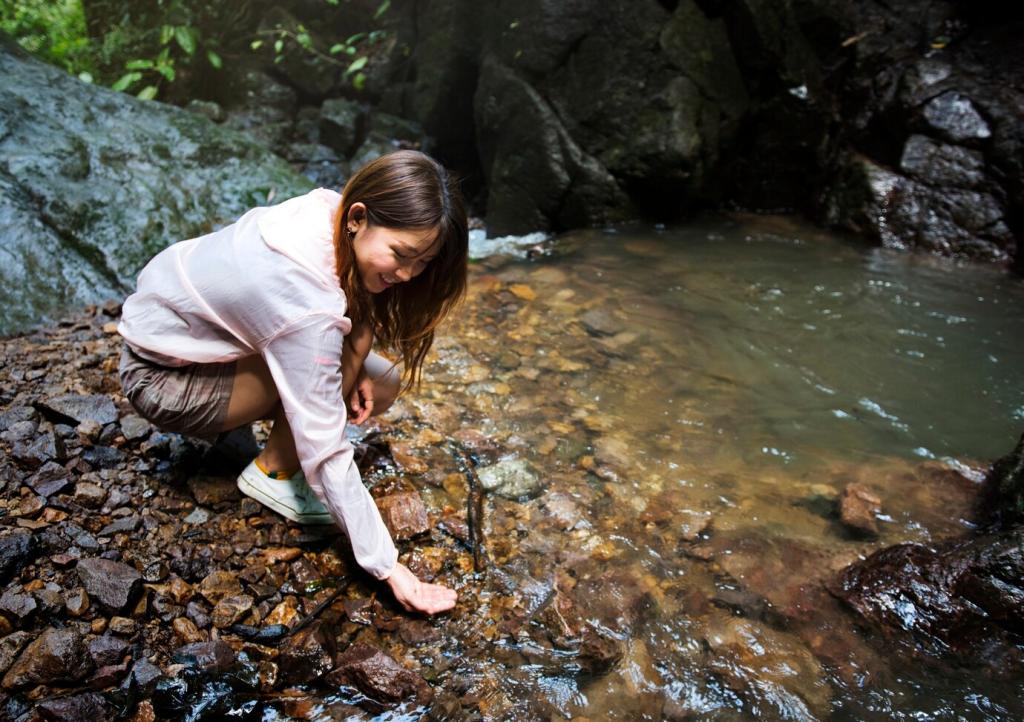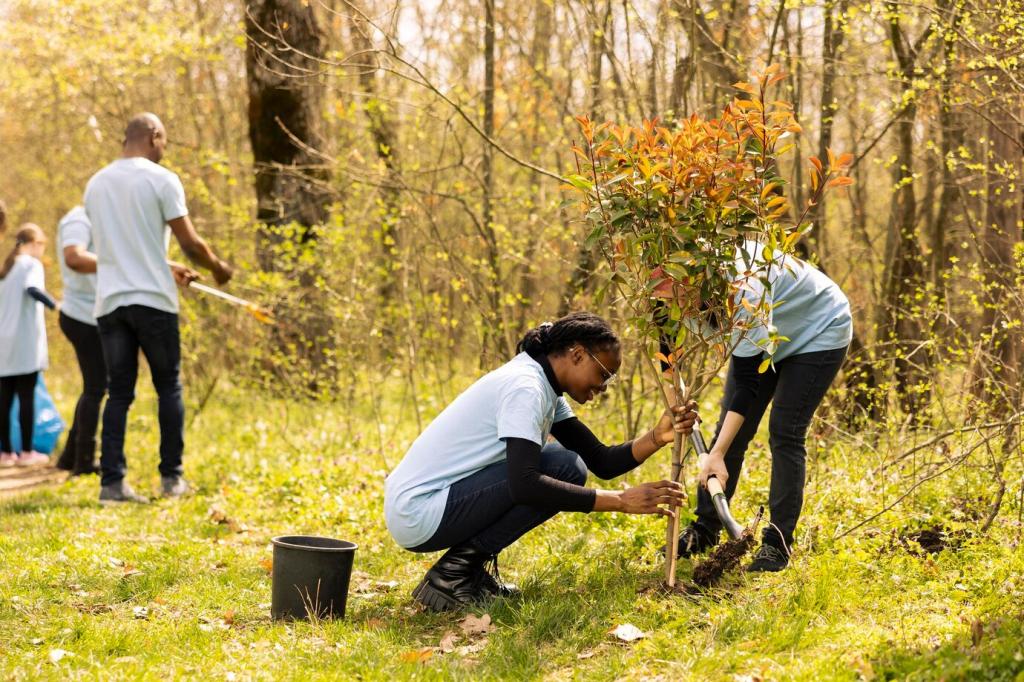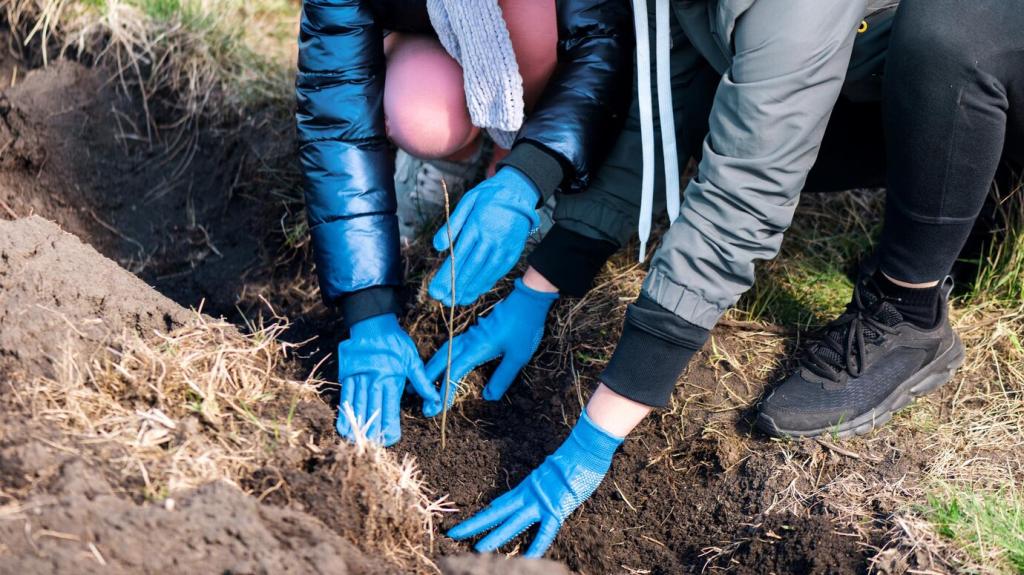Monitoring, Storytelling, and Community Ownership
Measure survival rates, height growth, canopy spread, and soil moisture monthly in year one, then quarterly. Share a photo at the same angle each time. Comment with your baseline numbers to receive our lightweight Urban Microforest Design Techniques tracker.
Monitoring, Storytelling, and Community Ownership
Record planting day quotes, pollinator sightings, and seasonal firsts. A small sign with QR code links to your evolving story. Tag us on social, and we’ll amplify your pocket forest journey to inspire other blocks and buildings.

